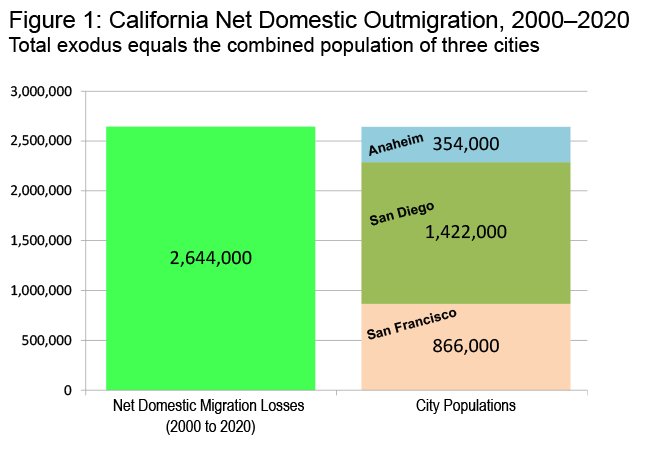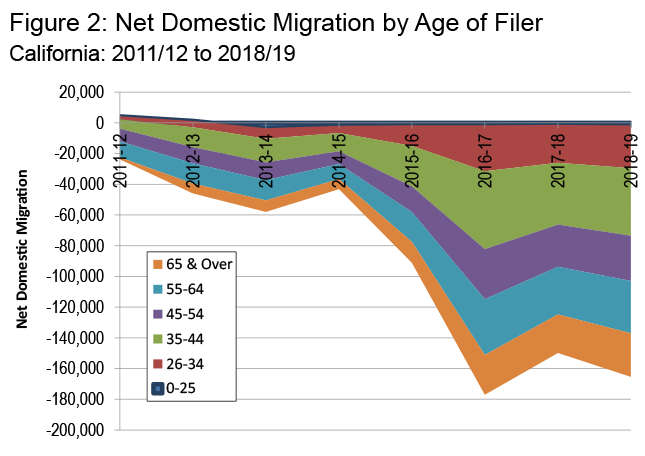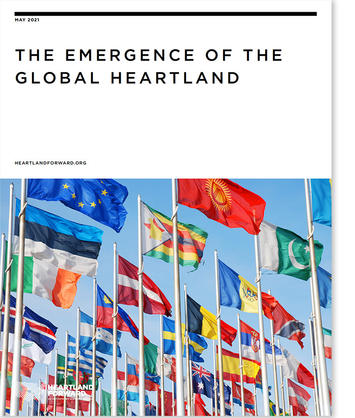The Coming Collapse of the Developing World
In Europe, North America, Oceania and East Asia, the COVID-19 pandemic has been a tragic, wrenching experience, creating more depressed and divided societies. Yet, as we have been gazing obsessively at our own problems, a spectre infinitely worse is emerging in the most populous, fastest growing and least resilient parts of the world.
COVID has caused a deep crisis in the already suffering developing world, which contains nearly half of all humanity. And this will have serious implications for the future of the world economy and political order.
Initially, COVID was something of a rich country’s disease. It started in industrial China and spread to places like the United States, Italy and the United Kingdom. But now none of the wealthiest countries falls within the top 10 worst-hit countries in terms of Covid deaths per capita. In the US, COVID has gone from the leading cause of death to seventh place in just over a year.
According to Bloomberg, the countries now most resilient to COVID and its variants are all among the richest – the United States, New Zealand, Israel, France, the UK and Spain, along with some wealthier East Asian countries, including China. In contrast, the pandemic rages on in Latin America and the backwaters of Eastern Europe. Impoverished Peru has been particularly hard hit, recording a COVID fatality rate twice that of any other country.
At the bottom of the list, according to Bloomberg, lies Argentina, the Philippines, India, Malaysia, Indonesia, Colombia and Pakistan, where on average just five per cent of the population have been vaccinated. We may be seeing the fruits of what the Nation describes as ‘a gargantuan north-south vaccination gap’.
A vaccine apartheid
By June this year, the US and Britain had jabbed half of their populations, and the rest of the EU had jabbed a third. In contrast, the Democratic Republic of Congo, Ethiopia, Nigeria, South Sudan, North Sudan, Vietnam and Zambia had vaccinated between 0.1 per cent and 0.9 per cent of their populations. This is a world lurching towards vaccine apartheid.
Indeed, given the fear COVID-19 instills in people, developing countries in which infections are rife could become like no-go areas for Westerners – places that Western businesses avoid, except to acquire raw materials, such as the minerals that are critical to meeting the climate goals of Western countries.
Even before the pandemic, many economies in the developing world were experiencing difficulty accessing world credit markets, and that access will likely now worsen. Vaccination apartheid will exacerbate pre-existing problems. For example, according to 2019 data from the World Bank, youth unemployment was approaching 25 per cent in Turkey, India and Iran. In South Africa, it was over 55 per cent. Already high levels of youth unemployment will become much higher.
Read the rest of this piece at Spiked.
Joel Kotkin is the author of The Coming of Neo-Feudalism: A Warning to the Global Middle Class. He is the Presidential Fellow in Urban Futures at Chapman University and Executive Director for Urban Reform Institute. Learn more at joelkotkin.com and follow him on Twitter @joelkotkin.
Hügo Krüger is a Structural Engineer with working experience in the Nuclear, Concrete and Oil and Gas Industry. He was born in Pretoria South Africa and moved to France in 2015. He holds a Bachelors Degree in Civil Engineering from the University of Pretoria and a Masters degree in Nuclear Structures from the École spéciale des travaux publics, du bâtiment et de l’industrie (ESTP Paris). He frequently contributes to the South African English blog Rational Standard and the Afrikaans Newspaper Rapport. He fluently speaks French, Germany, English and Afrikaans. His interests include politics, economics, public policy, history, languages, Krav Maga and Structural Engineering.
Photo: Dennis Jarvis, via Flickr under CC 2.0 License.



